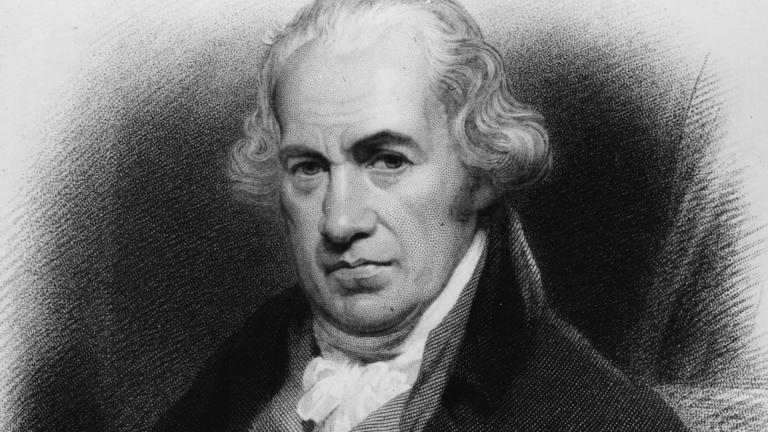
Who is James Watt?
James Watt was Scottish inventor, mechanical engineer, and chemist. He is known for his invention of the first modern steam engine. He played a significant role in the Industrial Revolution by developing mathematical instruments and later, steam engines. He was a renowned member of the Royal Society of London.
Childhood, School, College, Interests
James Watt was born on 19th January, 1736 in Greenock, Scotland to Agnes Muirhead and James Watt. He came from a well- educated family. His father was a businessman and a contractor. He was often home-schooled by his mother in the subjects of arithmetic and writing.
His love for machinery started when his father gifted him small toolkit. He played with it at his father’s workshop. He also deconstructed and reassembled different objects. As a kid, he designed various models and instruments.
First Job, Making Instruments, Skills, Financial Condition
While growing up he faced some difficult time due to his family’s financial condition. His father lost his inheritance. At the age of seventeen, James lost his mother; he was devastated. At this time, one of his relatives working at Glasgow University inspired James to master the skill of instruments-making. He went London and used his skill to earn money. He decided to pursue a career in mathematical- instrument making. He learned how to craft the instruments from his father and grandfather.
Workshop of Instruments, Own Business, John Craig, Built Many Instruments
In 1755, Watt started working in an instrument- making workshop. There, he met John Morgan who taught him the craft of making instruments with a little pay. In just one year, Watt learned all the necessary skills and made a successful career out of it. Even through Watt never had any musical talent, his instruments were than those made by music experts.
Next year, he returned to Glasgow to start his own business of instrument-making. In 1757, Watt set up shop at the university campus with his friend. For the next six years, Watt and John Craig built many musical instruments and toy. He was known as the ‘mathematical instruments maker’ at the university. During this time, he met his famous economist Adam Smith.
Steam Engine, Met with Robinson, Newcomen
Watt developed an interest in building the steam engine. He met john Robinson, who introduced Watt to the science and technology behind it. He first got the chance to make an instrument, when one of his professors directed his attention towards a Newcomen steam engine that was not working properly.
Thomas Newcomen had built the engine to pump out the water in the mines. James knew that he could use this engine for more than just pumping water. He saw the potential and the profit in it.
Modern Steam Engine, Economic Growth, Fire Engines
For many years, he worked on his model. It took him a lot of time to design it. In 1775, he came up with a method to change and improve the engine, which led to the invention of the modern steam engine. He was the first person to suggest a separate condenser for the engine.
In 1775, he got a parent for his steam engine called ‘A New Invented Method of Lessening the Consumption of Steam and Fuel in Fire Engines’. The invention of the Industrial Revolution and helped Great Britain with its economic growth.
Boulton & Company with Matthew Boulton
Watt replicated the previous Newcomer model to improve the production method. Watt opened the Boulton & Company with Matthew Boulton, where they sold steam engines. The demand for his engine grew all over the world. Watt’s company employed many people to run the business, which benefits the society.
In 1784, Watt made further improvements to the steam engine and patented his steam locomotive. By the end of the seventeenth century, both Watt and Boulton were wealthy men. He retired a few years later and used his wealth to pursue other interests like improving oil lamps and measuring distances with a telescope.
Awards and Achievements & Love Life and Death
For his significant contribution to the society, he received many awards. In 1784, Watt became a member of the Royal Society of Edinburgh. In 1787, he was selected as a member of the Batavian Society for Experimental Philosophy.
In 1806, he was awarded an honorary decorated in law by the University of Glasgow. After his death, James’ last name ‘Watt’ was included in the suit of power in the International System of Units.Watt married Margaret Miller in 1764. She died while giving birth. He got married for the second time in 1777 to Ann Macgregor. James died at the age of 83, on 25th August, 1819 in England.
